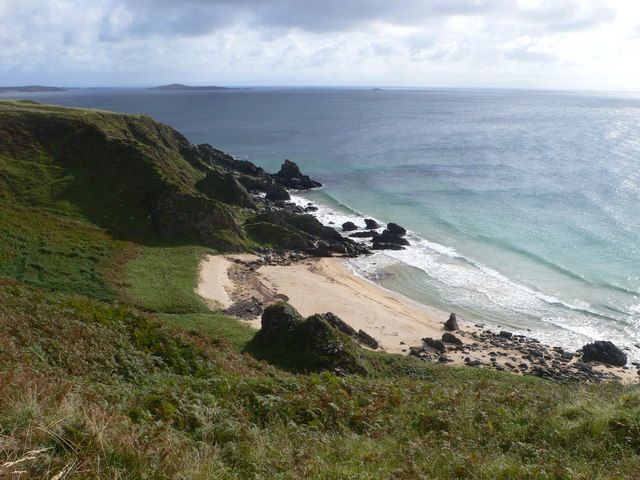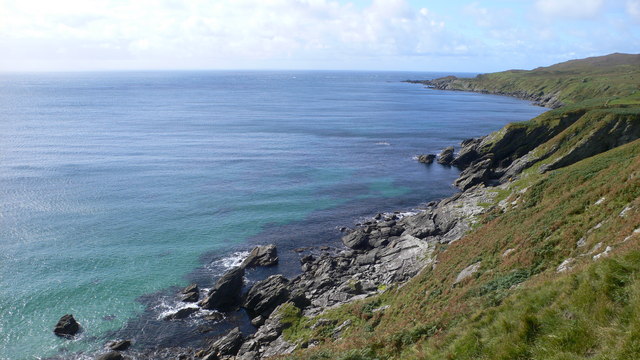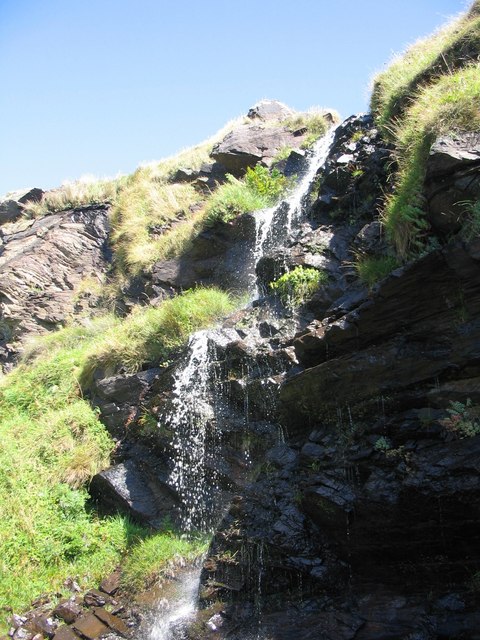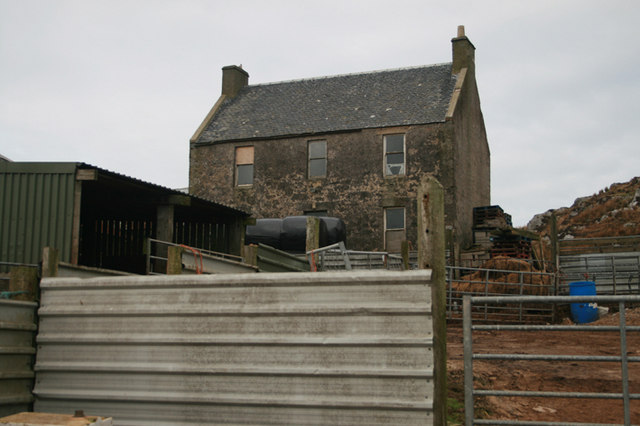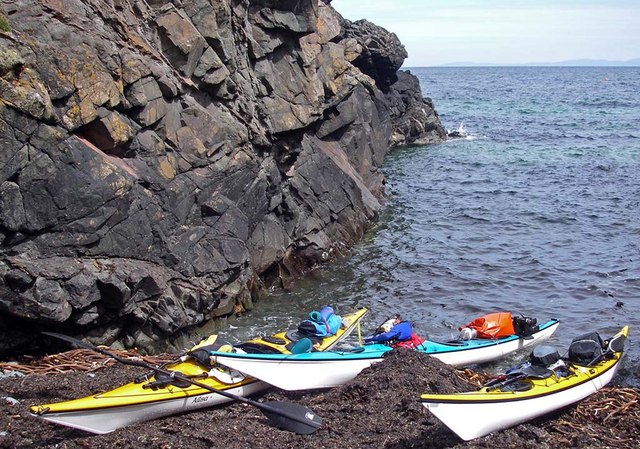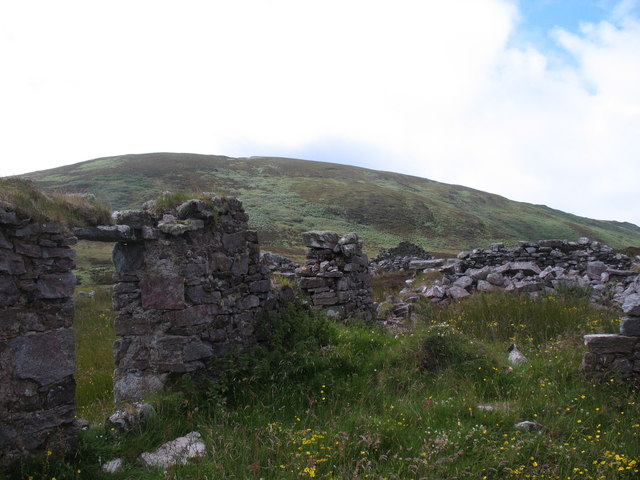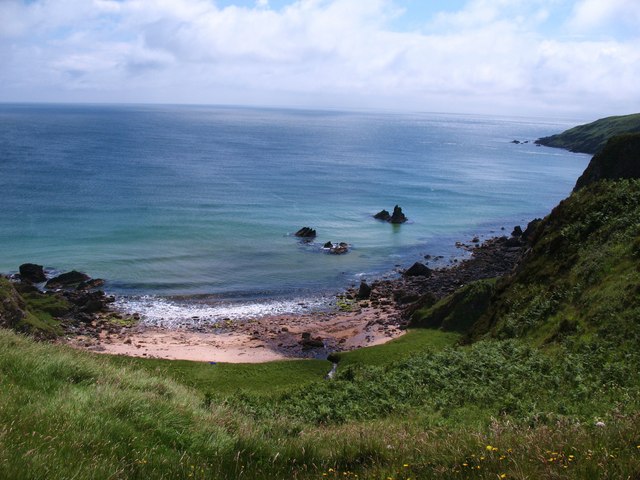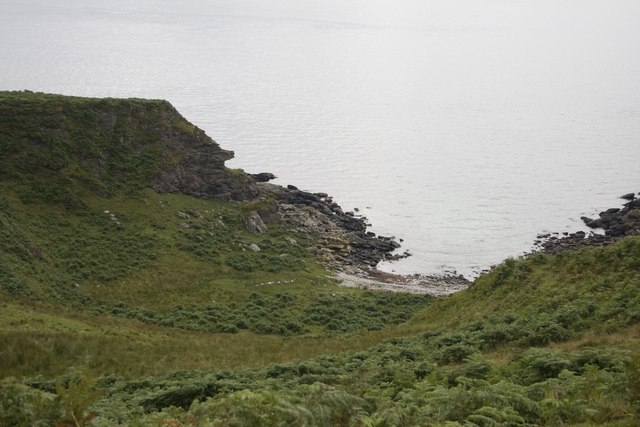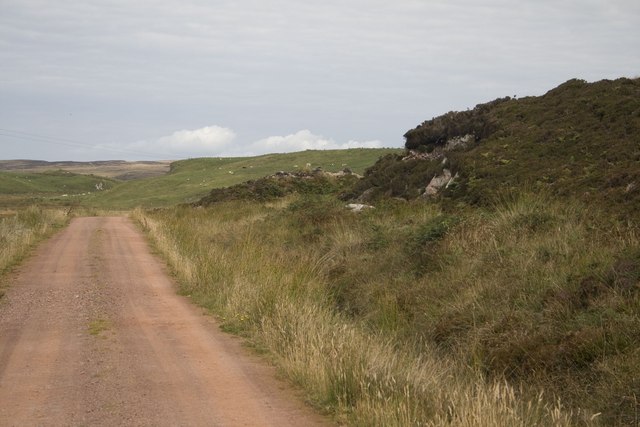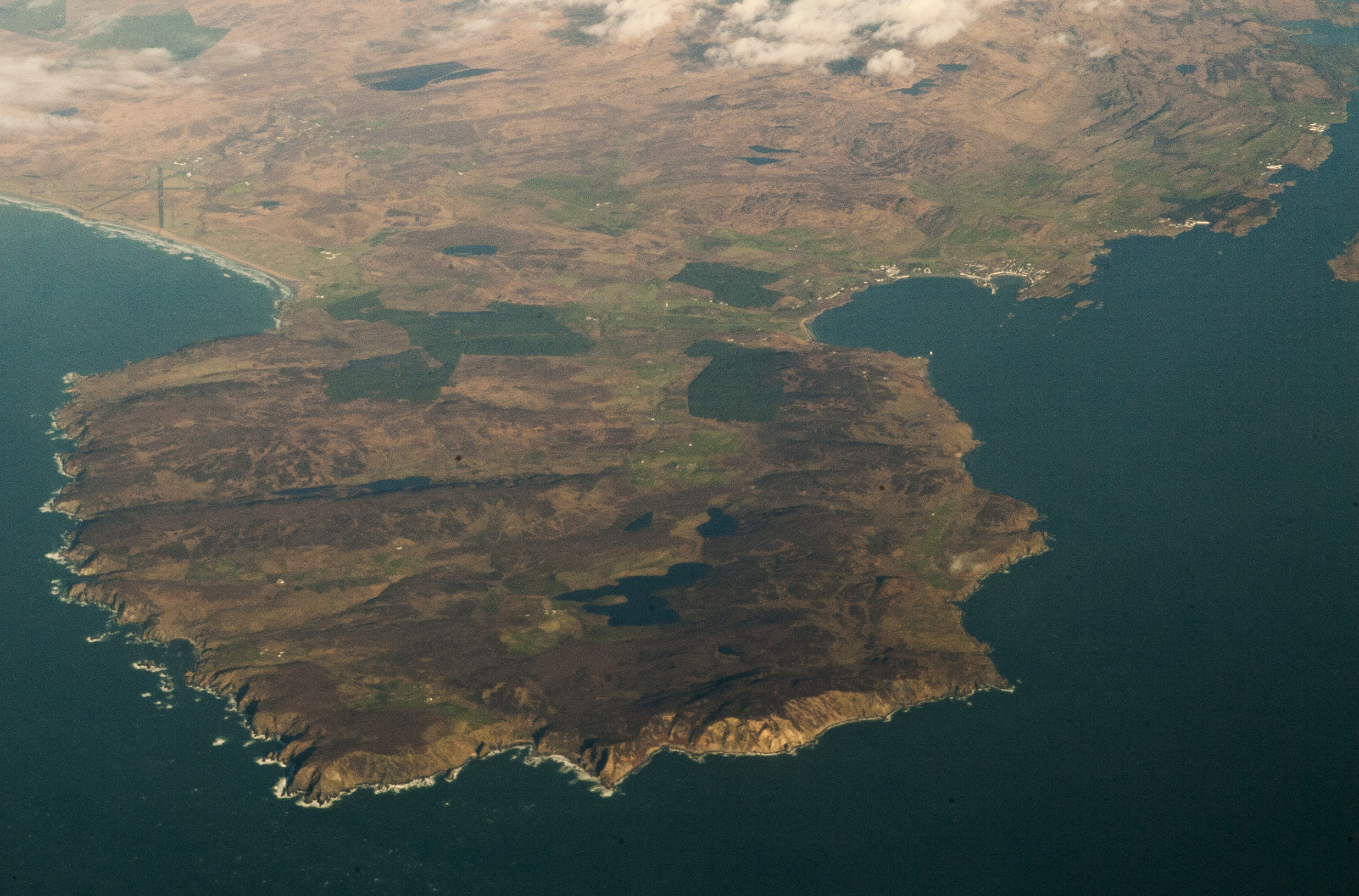Alt a' Chlàdain
Sea, Estuary, Creek in Argyllshire
Scotland
Alt a' Chlàdain
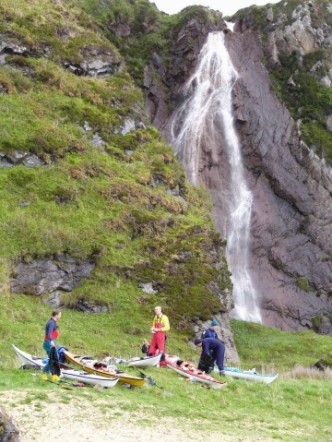
Alt a' Chlàdain is a picturesque sea inlet located in Argyllshire, Scotland. Nestled amidst breathtaking natural beauty, it is renowned for its stunning views and diverse marine ecosystem. The name "Alt a' Chlàdain" translates to "Sea of the Cladhan" in English.
This estuary is characterized by its calm, crystal-clear waters that reflect the surrounding hills and rocky cliffs. The creek winds its way through the rugged terrain, creating a diverse habitat for various marine species. The area is home to a plethora of flora and fauna, making it an ideal spot for nature enthusiasts and wildlife photographers.
The sea surrounding Alt a' Chlàdain is famous for its rich biodiversity. The clear waters provide optimal conditions for marine life to thrive. Visitors can expect to spot a wide array of fish species, such as salmon, trout, and herring. Seals and otters are also commonly seen in the area, often playing in the waves or resting on the rocky shores.
The estuary's scenic beauty attracts visitors year-round. Adventurers can explore the surrounding hills and cliffs, offering magnificent panoramic views of the sea and its surroundings. Alt a' Chlàdain is also an excellent spot for water activities like kayaking and sailing.
Overall, Alt a' Chlàdain in Argyllshire is a captivating destination, offering a blend of natural beauty, diverse marine life, and recreational opportunities. Whether seeking tranquility or adventure, this sea inlet provides an unforgettable experience for all who visit.
If you have any feedback on the listing, please let us know in the comments section below.
Alt a' Chlàdain Images
Images are sourced within 2km of 55.595757/-6.2354172 or Grid Reference NR3341. Thanks to Geograph Open Source API. All images are credited.

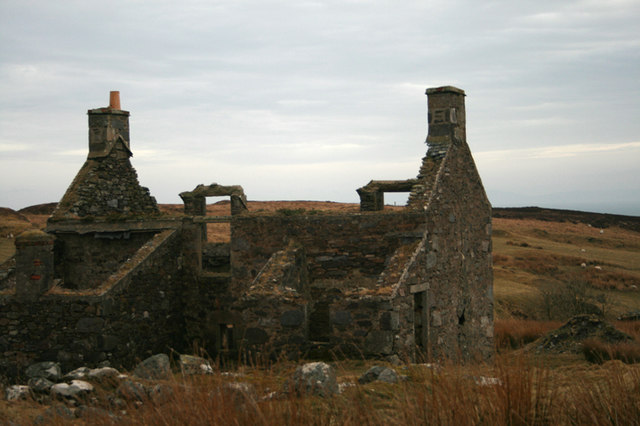
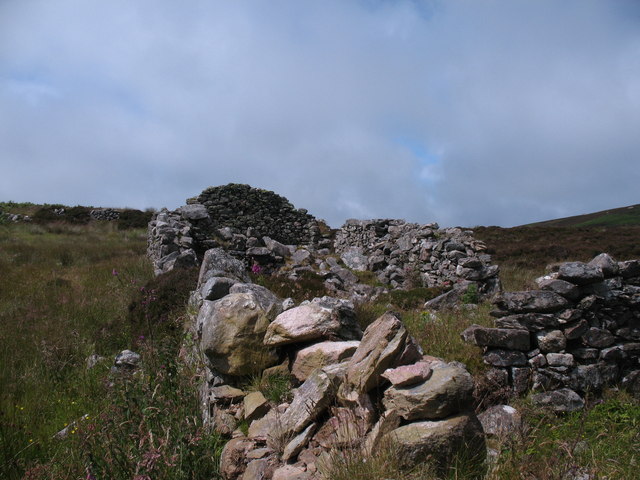
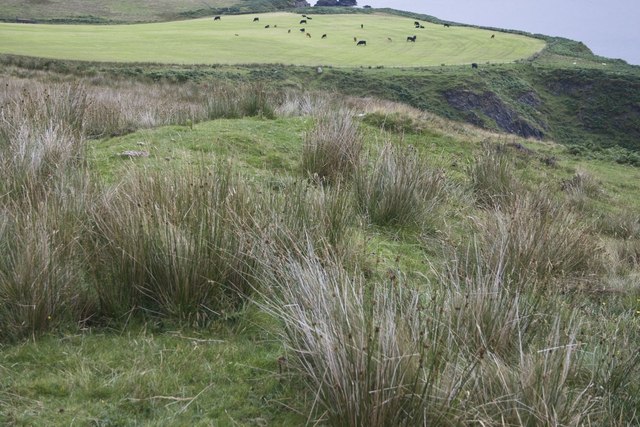
Alt a' Chlàdain is located at Grid Ref: NR3341 (Lat: 55.595757, Lng: -6.2354172)
Unitary Authority: Argyll and Bute
Police Authority: Argyll and West Dunbartonshire
What 3 Words
///puns.teams.duplicate. Near Port Ellen, Argyll & Bute
Nearby Locations
Related Wikis
The Oa
The Oa ( OH) (Scottish Gaelic: An Obha) is a rocky peninsula in the southwest of the island of Islay, in Argyll, Scotland. It is an RSPB nature reserve...
Eas Mòr, upper
Eas Mor is a waterfall is a waterfall on the Abhainn Ghil on the island of Islay in Scotland. It lies on The Oa peninsula south of Giol and west of Lenavore...
Port Ellen distillery
Port Ellen distillery is located in Port Ellen on the isle of Islay, Scotland. It initially operated between 1825 and 1983 when production shut down....
St John's Church, Port Ellen
St John's Church, Port Ellen is a Category B listed building in Port Ellen, Islay, Argyll and Bute, Scotland. == History == The memorial stone for the...
Have you been to Alt a' Chlàdain?
Leave your review of Alt a' Chlàdain below (or comments, questions and feedback).

